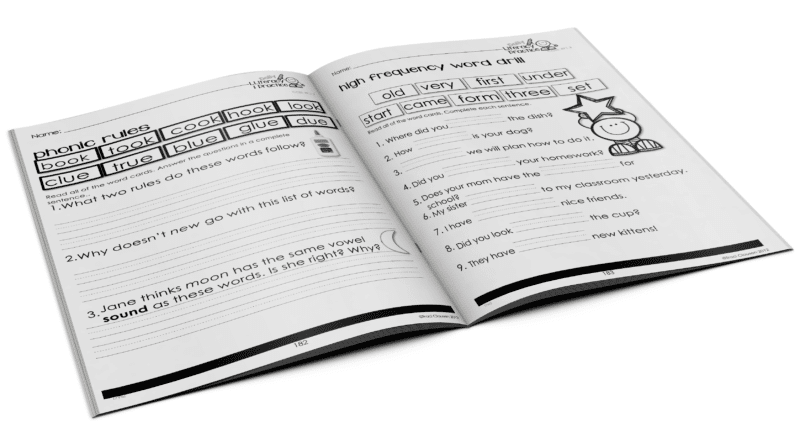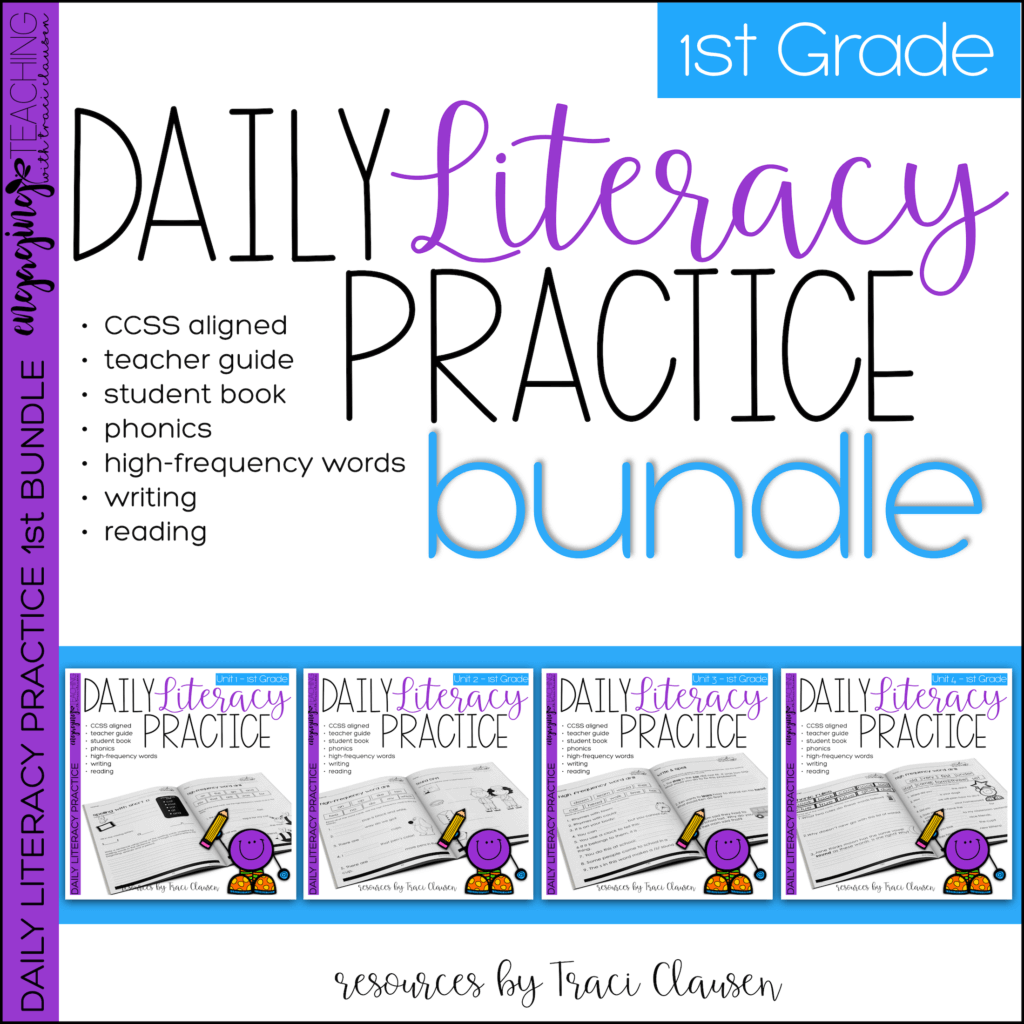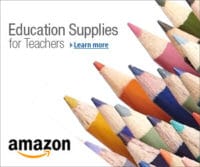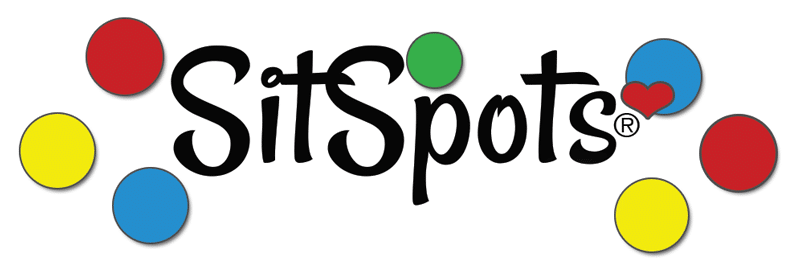Of all the subjects, ELA is my favorite. I have a huge passion for reading and writing and all of their components. And there are a lot of components. Reading instruction involves a lot of moving components from sight words, phonics and word work to close reading and comprehension. Balanced literacy and high-level thinking instruction is vital to reading mastery.
Reading Levels
On my campus, we use “Reading Recovery” reading levels to label the reading levels of our students. Regardless of which system used, they all do the same thing. If students can read a particular text at a particular level we can identify whether or not the student is at, above or below grade level and determine the amount of additional support they need.
This chart correlates a few of the most popular reading level rating systems.

Our students usually enter first grade around Reading Recovery level 2-4. Those 2s are considered below grade-level and would ideally have another year to grow and gain mastery of basic skills in Kindergarten. However, that isn’t always the case.
The Demand
First grade moves FAST and the requirements are quite high, right out of the gate! Balanced literacy is an essential part of our daily instruction. Our first-grade team’s goal is all students leave first grade reading at nothing less than 20 – however, our true aim is level 30. In fact, out of my 30 students this last school year, 12 exited first grade reading at level 30. The rest was close behind with all but two students at no less than level 20. There is a whole lot of high-level thinking involved to help that happen!
My school is Title 1 and is by no means in the upper echelons of the district. 47% of our population is socio-economically disadvantaged. 25% are English learners. 14% have identified disabilities. Most of my students do not receive additional support at home.
I only mention this simply to endorse that yes, “IT CAN BE DONE”. We do have so many obstacles thrown our way. I had 30 kids, no aides or para-professionals, no specials. Just me and those 30 kiddos. Nonetheless, the kiddos succeeded. They flourished.

That’s it. MOST primary-aged children are sponges and desire knowledge. All we have to do is be sure we present as much information to them as possible in an organized and continual way. It takes a TON of work. It takes consistency and deep learning.
Practice & Procedure
Each week we have a phonics focus and 9 new high-frequency words to memorize. We spend a lot of time just looking at the phonics rule. We discuss it inside and out. Why it’s strange or why it’s cool. What can help us remember it? We use complete sentences, detail words and lots of examples. I want the kids to write in complete detailed sentences, so we try to speak that way as often as possible.
And we practice and review. And practice and review. By the end of the week, the students are experts on the phonic rule(s) we explored and have a ridiculously firm grasp of high-frequency words.
Besides word work, small group work, and whatever is in our district purchased materials, we have routine practice materials we use that helps ensure we “get it” c o m p l e t e l y.
Daily Literacy Practice
Daily Literacy Practice is something I’ve used in my classroom for years and I’m excited to share it with you now. I use it during directed lessons, for pair work, for independent practice. I use it every single day.
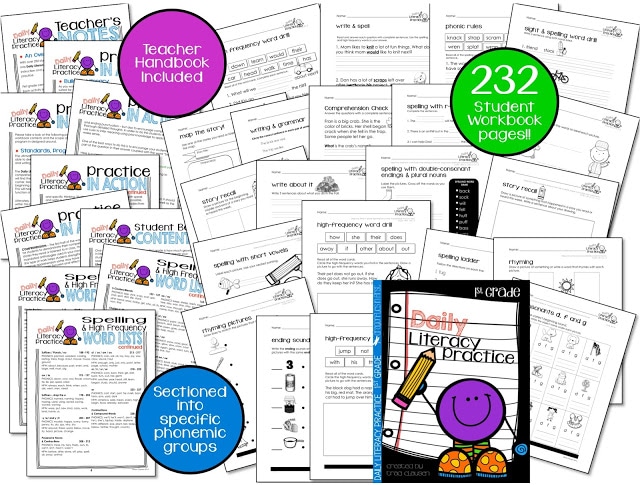
Those 232 pages have been kid-tested. Not only by my classes but my colleagues’ students as well. We’ve been using this system for years and swear by it. It is a huge part of our balanced literacy program.
There is a lot to do in the 232-page student workbook. It spirals and grows in-depth of knowledge and difficulty.
Here is a sample of one of my favorite types of activities from the pack. It is something we do a lot in the last two trimesters of school.

This is all part of balanced literacy.
These types of questions are not cut and dry. They ask the kids to EXPLAIN what they know…in complete sentences. It encourages high-level thinking and demands attention and thorough understanding. They must know the reasons behind their learning, understand and demonstrate correct grammar and sentence structure and utilize descriptive language. I not only want them to have a good head start and “leg up” in reading but writing as well.
At first, these types of pages are are a challenge for a few of them. But quickly, the kiddos start to love that they can come up with some really great and in-depth answers on their own. When we discuss our answers, kiddos who are most descriptive earn a smartie pants, or their name on the board or whatever else thrills them. 😀 This type of work suits common core well. It isn’t about bubbling in the correct answer – it’s all about being metacognitive and having a thorough understanding of many parts of literacy all at once. Balance.
Please head over to my store to check it out.


